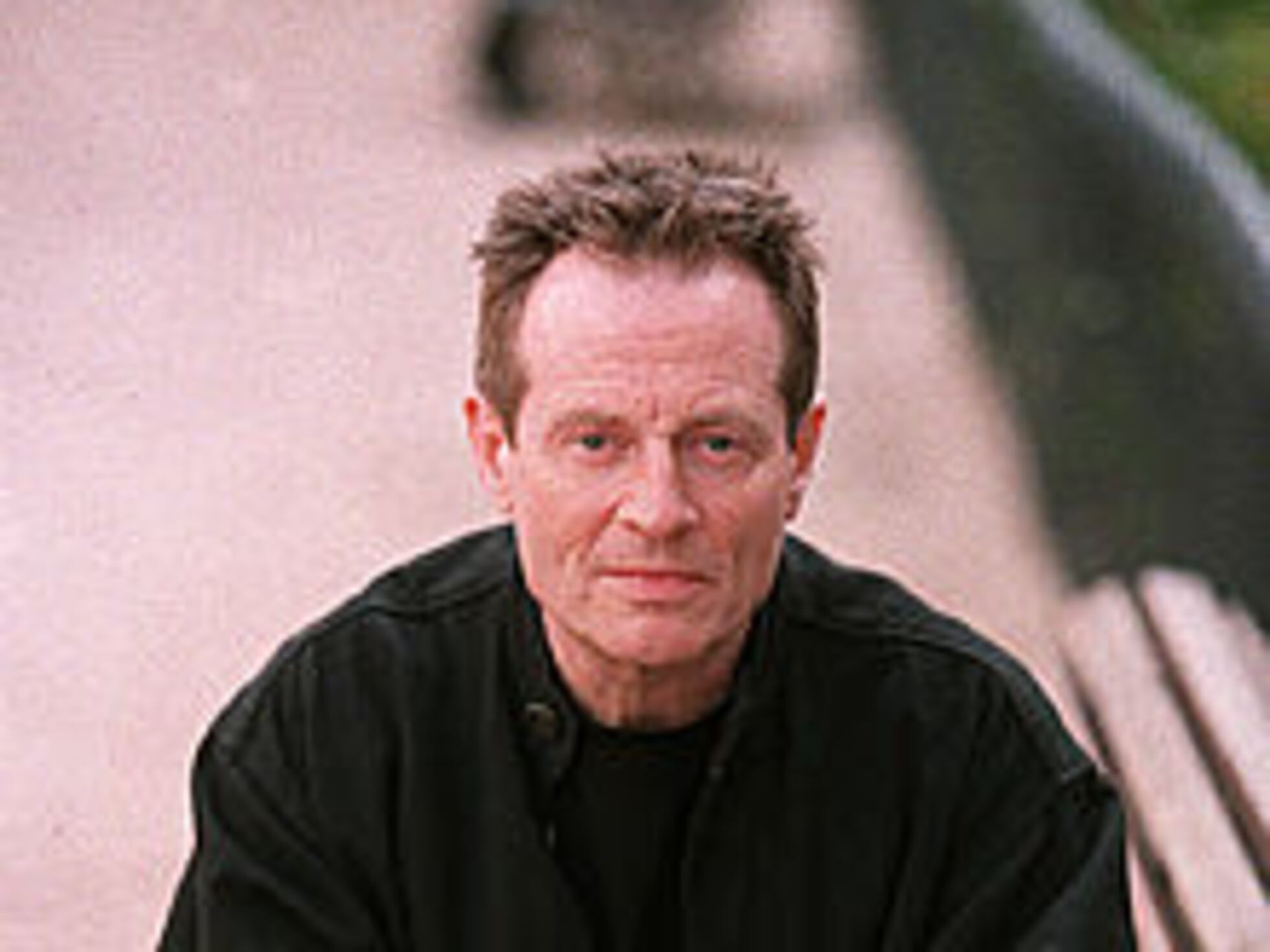
I’ve long been a Zeppelin fan. Not the hardcore kind that knows every detail about every track on every album, but their music never fails to make me turn it up (even the gajillionth play of “Stairway”). The other day, I was sitting at a stoplight listening to “Over the Hills and Far Away.” During the bridge, I settled in to enjoy the groove and for some reason noticed – REALLY noticed –the swinging rhythm section, especially John Paul Jones’ inventive bass line. I’ve heard it a hundred or more times, but this time, it jumped out in a fresh new way.
So even though he was a member of one of the world’s biggest bands and doesn’t lack for admiration, I ruled that the decidedly non-flashy John Paul Jones needed a little more appreciation from this fan.
Jones (born John Baldwin) was competent and confident enough to take a quieter role in the group. In their 1976 concert movie, The Song Remains the Same, he’s tucked away in a corner of the stage amid a bank of keyboards, his bass, and other instruments. Meanwhile, Bonzo is wailing away on the drums, Jimmy Page throws guitar lightning, and a near-shirtless Robert Plant is working the Preening Rock God thing like the rent is due. Jonesy, in his tidy Prince Valiant haircut, is just grounding the wild force of nature that is the band.
Like Page, Jones was a seasoned studio musician having played on projects by Dusty Springfield and Lulu, to Herman’s Hermits, Shirley Bassey, and Rod Stewart. He did the string arrangement on the Stones’ “She’s A Rainbow” and also arranged “Sunshine Superman” and “Hurdy Gurdy Man” for Donovan. He worked almost seven days a week, doing two or three sessions a day, and was close to burning out from the pace. So when he once again crossed paths with Page at the studio, he offered his services for the new group he’d heard Page was creating.
Now, with a single point of creativity to focus on, Jones let his impressive skillset and mastery of 22 different instruments run free. It was Jones who included the recorder at the start of “Stairway” adding an appropriately medieval note. It was Jones who wrote “Black Dog,” originally in a tempo that he admitted “nobody could keep up with.” He put a clavinet spin atop the funky grooves of “Trampled Under Foot,” the gentle mellotron notes on “The Rain Song,” and a jazz feel to “What Is and What Should Never Be.” All the while there were those exceptional bass skills forged from a deep appreciation of Motown and Stax.
Leave a Reply